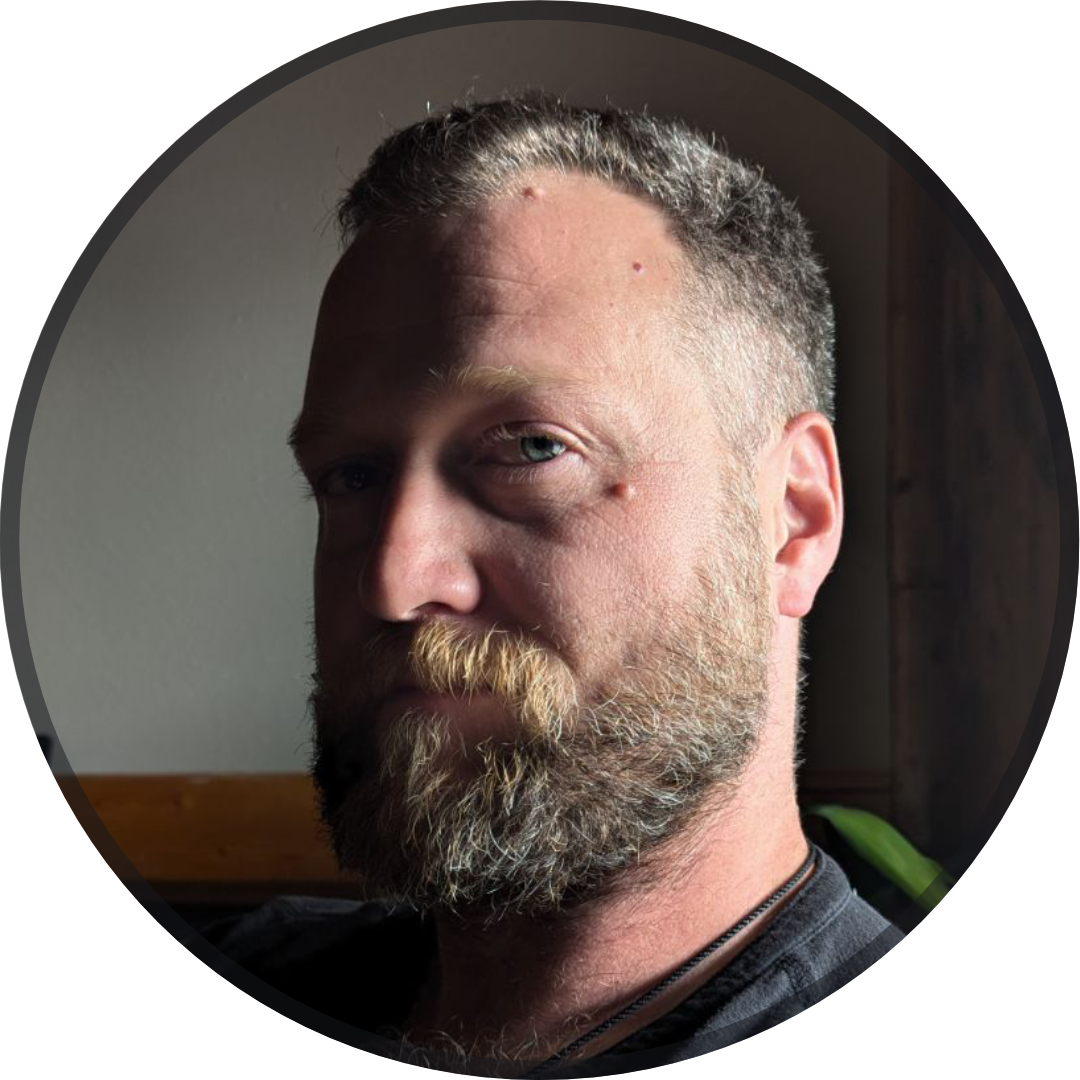

Designer ![]() Marketer
Marketer ![]() Artist
Artist ![]() Adventurer
Adventurer ![]() Python Hunter
Python Hunter ![]()

Type in your primary email address below to get Roberts’s daily branding and marketing tips and a free report on developing a one-of-a-kind brand.
You’re Different: Don’t Second-Guess It
The Fast Track to Being Forgotten
When I was in High School, ages ago, I remember one bit of advice: don’t second-guess your choice. We were taking standardized tests. The kind where you stressed if you answered “B” three times in a row? We learned several test-taking strategies, but I only remembered the one. Don’t change your choice, don’t go back and change it, even if you think you got it wrong.
It was true. Later in college, every time I second-guessed an answer, it would be wrong. Worse, my first choice was almost always the right one.
In business trusting your first choice just as important. More so when you learn that the opposite of a good idea is often another good idea. But because we’ve been trained by school to think that every choice has exactly one right answer, we go back and second-guess it.
It takes a lot of confidence to stick with that first decision.
Don’t retreat, don’t run.
At first a good brand position is going to be uncomfortable. If you select your uniqueness correctly, the first thing you’ll notice is that no one else is doing what you’re trying to do. You’re blazing a trail. You’re in uncharted territory. You’ll be tempted to run back to safety, and do what everyone else is doing. You don’t have a road map, so you want to retreat to the path that proven. But the uncommon path doesn’t mean starting from scratch. You can learn the territory. You can learn how other brands have navigated uncharted waters, and you can learn to do it to. Let’s start with Starbucks.
Starbucks is different.
Starbucks is so common now, its hard to remember what coffee was like before it appeared. Some writers talk about Starbucks the way everyone else talks about Jesus: Before Starbucks and After Starbucks. Before coffee was cheap. You got unlimited refills at diners for a few cents. If you wanted it at home you bought it pre-ground in a big can. Starbucks changed all that. Their branding turned coffee into an experience. Its so different no one compares diner coffee to Starbucks. Starbucks is in a class all its own.
Being unique takes confidence.
Years ago I was chatting with a friend who used to waiter at a pancake house. The waitresses had one iron rule: don’t mess with the coffee machine. If you messed with the machine the taste would change. No one wanted that. Bad coffee meant smaller tips.
When Starbucks appeared on the scene, they weren’t trying to sell great tasting coffee. They were selling Italian Sophistication. The darkwood, dim lights, open seating, limited food options, and exotic espresso drinks created a atmosphere so unique that no one could compare it with anything else they had seen. It was Italian, it felt sophisticated, and it was expensive. If you were in the diner business the Starbucks model sounded insane, but Starbucks wasn’t competing with diners.
The bet paid off.
It was such a drastic difference that people didn’t care about the quality. Starbucks black coffee is terrible. They over-roast their beans. It tastes burnt and bitter. Black coffee from a diner is much much better.
But customer’s loved Starbuck’s uniqueness. They loved the sophistication. They loved it so much there are now over 35,000 stores worldwide. When they chose their uniqueness the position was so strong it changed the landscape. They trusted their brand. They trusted what made them unique.
That kind of confidence isn’t easy.
As a small business owner, picking a uniqueness seems crazy at first. Competition is comforting. Going with the crowd feels good. We all learned how to go with the flow in High School. Standing out was punished. Being different feels wrong.
But without it, you’re forgotten.
Because everyone tries to offer everything. I’ve talked to a lot of business owners about uniqueness. They all make the same mistake: they think their uniqueness is more: more features, more service, more savings. Often any one of their features could be an amazing uniqueness. If pressed to pick though, they will back away. They want to emphasize every feature. The problem is that every business stars out that way. They try to capture as many customers as possible by offering everything… and end up forgotten.
Starbucks was remembered because they were different.
By defying the accepted market, and choosing to be unique, they became a one-of-a-kind brand. Over the years other coffee shops have adopted the Starbucks model, creating thousands of copies, but few have achieved the same level of success.
Commit to being unique.
Unlike multiple-choice tests, there is no wrong answer. EVen being hated is positive: it brings attention. I hate Starbuck’s coffee and here I am writing about them. You’re not in school where correct and incorrect are opposites. In business the opposite of a good idea is often another good idea. The only wrong choice is not making one. When Starbucks started no one was saying: “You know what I want? Expensive, burnt coffee, in a tiny Italian-looking shop.” When you hear that idea for the first time, in a country where diner coffee was the norm, it sounds like the wrong answers. But they trusted the choice… and it paid off.
Give it some thought.
Even so, take some time with the decision. You can’t get it wrong, but there are better answers. Cheapest is not a great uniqueness, but it can work. Look at Walmart. Fast is as better, but often used. Really take some time thinking about the one thing that makes you unique.Once you’ve made your decision, stick with it an see where it takes you.
It helps to get feedback.
In my business I chose to focus on building unforgettable brands. I doubted that decision for a long time. When I started talking about it and I found that people responded to it. You need to see how people respond. Sometimes they might have suggestions. Sometimes someone will point out a choice that might be staring you in the face.
Thats where I come in.
Picking a uniqueness and building a brand around it, can be hard. I have been studying what makes brands unique, and building designs around that uniqueness for years. I don’t start work until we’ve talked about what makes you unique. The choice makes such a difference, and I want to help you make it.
I want you to succeed.
If you’re interested head over to my website and download my guide to uniqueness:
Let get started on building your brand.
– Robert Marck
Market by Jumping Out of an Airplane
Business choices aren’t always logical.
In 1980 Coca-Cola reigned supreme as the second most popular cold non-alcoholic drink. The first is water. If you were to listen to an economist the best way to compete would be to make drink that tastes better, costs less, and comes in a bigger can.
That would be the rational decision.
Red Bull ignored that.
Dietrich Mateschitz, the founder of Red Bull, wasn’t looking to compete with Coke. It wasn’t even on the radar. In fact he wasn’t trying to sell a better tasting drink at all.
He wanted to sell an experience.
His aim was to build a brand around risk.
He combined Red Bull marketing with his love for racing and extreme sports.
He ignored what made sense and made a drink that tastes worse, costs more, and comes in a small can.
It makes no sense, but he wasn’t trying to make sense.
Many new business owners think that they have to be better than the competition. Red Bull only cared about being different.
The can size alone is brilliant.
If you’re a drinks brand build around risk, your drink needs to be risky. A risky drink needs to be something that should only be consumed in small quantities. A small can says: “Don’t drink more that the recommended dose”.
It’s a small design decision that is consistent with the Red Bull’s image.
It’s an image that includes skydiving, skating, and F1 racing. Its so effective that Red Bull has become a guaranteed presence at every extreme sports event in the world.
Combined with hundreds of other small decisions, Red Bull is no longer a competitor to Coca-Cola, it’s in a class all its own.
That is because one-of-a-kind brands don’t see themselves as competitors. They choose a unique direction and then ignore what everyone else is doing.
Red Bull is now one of the most successful brands in the world. They have enough extra cash to fund an F1 racing team on the side, a project that cost them $445 million last year.
That is the power of picking a uniqueness and designing everything around it.
It can be challenging though. A lot of business owners don’t know how to pick a uniqueness.
That’s where I come in. I’ve been obsessed with this topic for almost a decade. I help businesses pick a uniqueness and make design decisions support it.
Give me a call and we’ll get started: 801-404-9636
– Robert Marck
PS: I you want to read more about Red Bull I highly recommend Rory Sutherland’s Alchemy.

